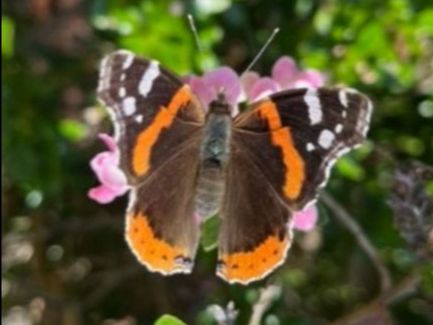Hedge Clipping 15
- Jane Reeve

- Aug 19, 2024
- 1 min read
Southern Water Biodiversity Grant funded - Hedging Our Future Project
As the summer progresses the ground flora can grow to the height of the hedge, tangling with the fresh shoots emerging from the shrub layer. The dominant colours are pink and purple as the thistles, burdock, hemp agrimony and woundwort break into bloom.
No hedge is ever without cow parsley or its umbelliferous friend, hogweed. In tall shady hedgerows foxgloves wave silently and willowherb starts to flower.
Many medicinal plants occur along hedgerows with adjacent wet ditches and support meadowsweet with lovely frothy creamy flowers. It has anti-inflammatory and pain killing properties. There are the woundworts which in the past was used to help staunch the flow of blood, and fleabane which, when dried and ground into a powder, used to deter insects.
With the variety and abundance of flowers, the butterflies - painted lady, red admiral, tortoiseshell and peacock - are all on the wing, attracted most of all by the bramble flower where they compete with wasps and flies and the more colourful winged insects. Soldier beetles on the flowers of hogweed and hemlock.
Adders and grass snakes bask in the warmth and move into the shade to control their body temperature. They help to keep the rodent population in check. The grass snake also climbs the hedge to feed on eggs and fledgling birds. The common lizard feeds on insects, the slow worm on insects, slugs and worms.












Comments